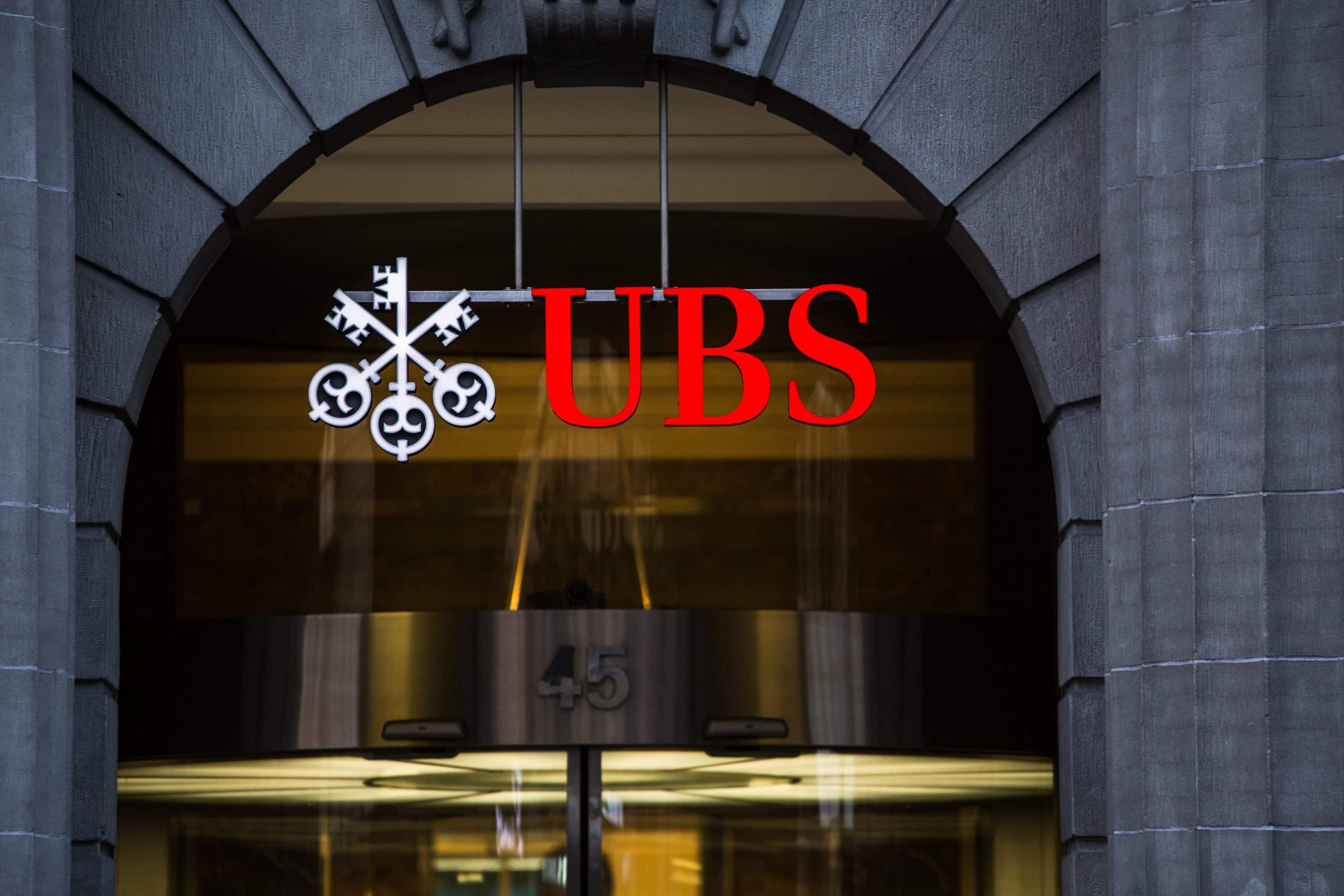Introduction: Renewed Confidence in Switzerland’s Global Banking Leader
UBS, Switzerland’s flagship bank and one of the world’s premier financial institutions, reported a robust set of Q2 2025 results that mark a clear continuation of its recovery and growth momentum. One year after the acquisition of Credit Suisse, UBS is posting record figures across nearly every business segment: net profit of $2.5 billion, double-digit asset growth, improved return on equity, and record client inflows. Despite volatile global markets, macroeconomic headwinds, and ongoing regulatory scrutiny, UBS demonstrates stability, financial strength, and sustained positive momentum—particularly in the successful integration of Credit Suisse’s operations.
Quantitative Performance: Strong Bottom Line Across All Metrics
UBS reported Q2 2025 revenues of $9.8 billion, up 11% year-on-year. Net profit jumped 28% to $2.5 billion—a multi-quarter record. Return on equity (ROE) climbed to 14.2%, while the bank’s Common Equity Tier 1 (CET1) capital ratio stood firm at 14.4%, comfortably above regulatory requirements. The board declared a quarterly dividend of $0.33 per share and announced an additional $1.2 billion share buyback program, to be rolled out in the second half of 2025.
Wealth management continues to be UBS’s central growth engine, with total client assets under management rising to $4.2 trillion—a 6% increase over the previous quarter, driven primarily by inflows from Asia and the Americas. The investment banking division also performed strongly, with management and transaction fees jumping 15%, reflecting a rebound in capital markets activity. UBS highlighted that new client acquisitions were the highest since 2021, a notable achievement in a still-challenging environment.
Credit Suisse Integration: Synergy, Efficiency, and Market Trust
One of UBS’s defining challenges has been the integration of Credit Suisse, following its historic takeover. According to the Q2 report, the bulk of system and operational integration was completed by the end of June 2025, and positive synergies are already visible across trading, wealth management, and corporate banking. UBS achieved $1.2 billion in operating cost reductions over the past year by eliminating duplications, consolidating IT systems, closing branches, and streamlining headcount in overlapping functions. Management projects at least $700 million in additional annual savings by the end of 2025, largely from further technology and operational integration.
Beyond the financial metrics, the integration has helped restore confidence among business and institutional clients in the Swiss banking brand. UBS reported a net increase in institutional and corporate customers, more business mandates, and the successful migration of premium clients from Credit Suisse to UBS. At the same time, client attrition was significantly reduced, thanks in part to tailored service offerings, new investment products, and direct outreach from UBS management.
Risk Management, Balance Sheet Strength, and Core Profitability
The report emphasizes UBS’s conservative approach to risk in the face of volatile markets, with a steady focus on capital strength. CET1 ratio remained at 14.4%, and the leverage ratio was stable at 4.6%, above the sector average. Loan loss provisions were low, with the loan loss rate at just 18 basis points—one of the lowest globally.
Core profitability also improved: the cost/income ratio fell to 72% from 79% a year earlier, a direct result of stringent cost management and operational efficiency measures. UBS continues to invest in technology upgrades and digital products, especially in wealth management and robo-advisory, aiming to lower costs while enhancing client experience.
Global Challenges and Regulatory Landscape
Like all major financial institutions, UBS is navigating a complex regulatory environment, with heightened transparency requirements and increasing compliance costs. Management notes that European and U.S. regulators are raising capital requirements for “too big to fail” banks and demanding clearer reporting on capital structure and exposures to sovereign and emerging-market credit.
At the same time, UBS faces a challenging macroeconomic backdrop: high interest rates, global inflation, trade tensions, and geopolitical shocks all require agile risk management and robust scenario planning. The bank’s ability to remain profitable and resilient in such conditions is seen as a testament to its core strengths.
Strategic Outlook: Growth Amid Discipline
UBS’s outlook for the remainder of 2025 and into 2026 is positive, but measured. The bank expects continued growth in managed assets, further digitalization of product offerings, and ongoing institutional client acquisition. Return on equity and capital ratios are forecast to remain among the highest in the industry. In the official earnings call, UBS’s CEO stressed, “We have leveraged the momentum from the Credit Suisse integration. Now, our goal is to maximize value for all stakeholders—clients, employees, and shareholders.”
Ongoing share buybacks, regular dividends, and new digital products remain central to the strategy. At the same time, UBS is maintaining financial strength and relentless focus on operational efficiency, which the market has rewarded with increased investor confidence.
Macro Risks, Opportunities, and Industry Context
The successful integration of Credit Suisse stands in contrast to industry peers who have faced setbacks in similar mergers. UBS’s careful balance of cost-saving and client retention sets a new industry benchmark. However, the broader landscape—ranging from potential regulatory tightening to economic slowdowns—means that agility, innovation, and client trust will remain at a premium.
Comparison, examination, and analysis between investment houses
Leave your details, and an expert from our team will get back to you as soon as possible
* This article, in whole or in part, does not contain any promise of investment returns, nor does it constitute professional advice to make investments in any particular field.
To read more about the full disclaimer, click here- Articles
- •
- 7 Min Read
- •
- ago 4 minutes
 Rolls-Royce Soars to New Heights as Jet Engine Demand Powers Earnings Outlook
Rolls-Royce Soars to New Heights as Jet Engine Demand Powers Earnings Outlook
Rolls-Royce Holdings PLC has significantly upgraded its full-year outlook, citing a sharp rebound in demand for its jet engines. The
- ago 4 minutes
- •
- 7 Min Read
Rolls-Royce Holdings PLC has significantly upgraded its full-year outlook, citing a sharp rebound in demand for its jet engines. The
- Articles
- •
- 8 Min Read
- •
- ago 26 minutes
 The AI Surge: When Tech Investments Become the Engine of Growth
The AI Surge: When Tech Investments Become the Engine of Growth
A newly published chart from the U.S. Bureau of Economic Analysis (BEA) reveals a striking shift in the dynamics of
- ago 26 minutes
- •
- 8 Min Read
A newly published chart from the U.S. Bureau of Economic Analysis (BEA) reveals a striking shift in the dynamics of
- Articles
- •
- 7 Min Read
- •
- ago 47 minutes
 Grab Surpasses Expectations with Robust Q2 Results, Raises Full-Year Outlook
Grab Surpasses Expectations with Robust Q2 Results, Raises Full-Year Outlook
Grab Holdings Ltd. (NASDAQ: GRAB) posted strong second-quarter results for FY2025, delivering top- and bottom-line beats and reaffirming its momentum
- ago 47 minutes
- •
- 7 Min Read
Grab Holdings Ltd. (NASDAQ: GRAB) posted strong second-quarter results for FY2025, delivering top- and bottom-line beats and reaffirming its momentum
- Articles
- •
- 7 Min Read
- •
- ago 1 hour
 China Flashes Warning Signs as July PMI Data Disappoints
China Flashes Warning Signs as July PMI Data Disappoints
Both manufacturing and services sectors underperform, fueling calls for renewed stimulus from Beijing Dual Weakness in Industry and Services Financial
- ago 1 hour
- •
- 7 Min Read
Both manufacturing and services sectors underperform, fueling calls for renewed stimulus from Beijing Dual Weakness in Industry and Services Financial












